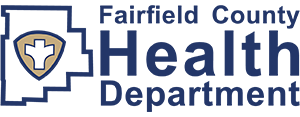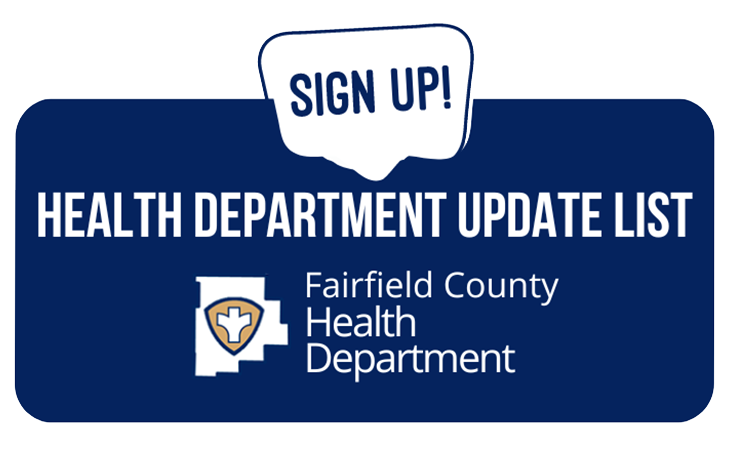
PREVENTION: MOSQUITO BORNE DISEASE

Reducing Vectorborne Disease Transmission
Vectors are organisms that transmit pathogens and parasites from one infected person (or animal) to another, causing serious diseases in human populations.
Mosquito-borne diseases that may occur locally in Ohio include: Eastern equine encephalitis virus (EEEV), LaCrosse virus (LACV), St. Louis encephalitis virus (SLEV), and West Nile virus (WNV). Mosquito-borne diseases that may be imported into Ohio (travel-acquired) include: Chikungunya virus (CHIKV), Dengue, Japanese encephalitis (JE), Malaria, Yellow fever, and Zika.
Take action to protect yourself and others: avoid mosquitoes and mosquito bites, plan ahead for mosquitoes while traveling, and stop mosquitoes from breeding in and around your home.




